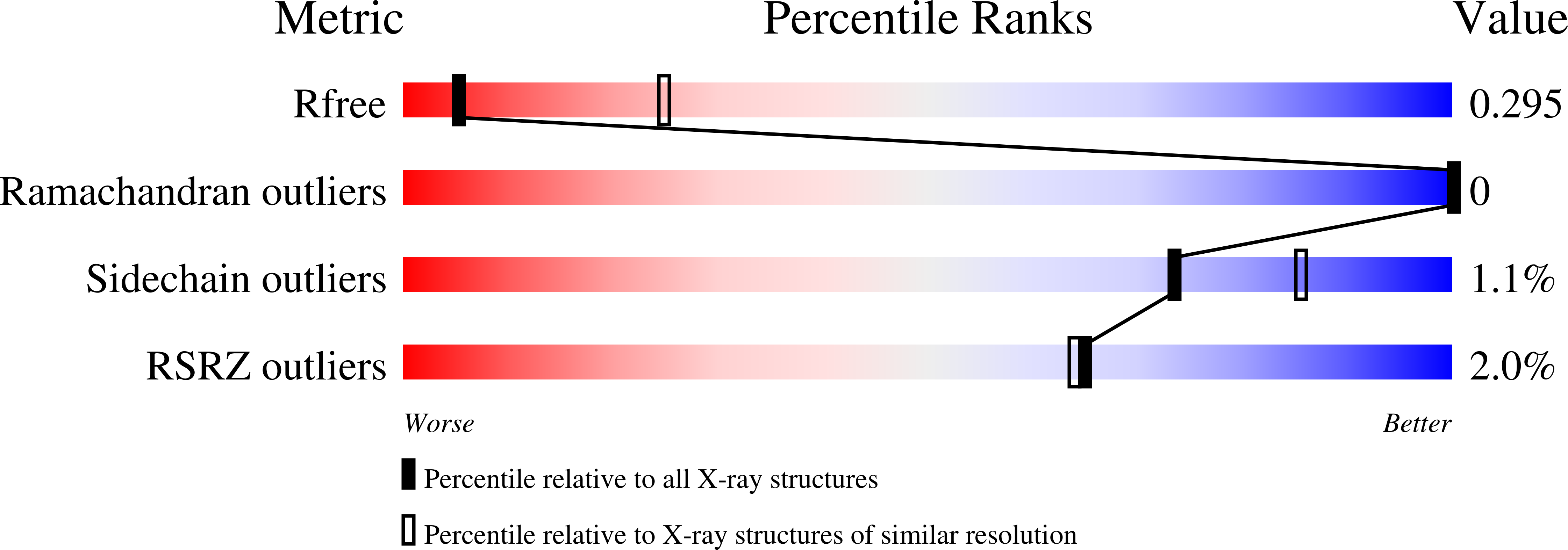
Deposition Date
2018-08-22
Release Date
2019-12-18
Last Version Date
2024-11-13
Entry Detail
PDB ID:
6M8P
Keywords:
Title:
Human ERAP1 bound to phosphinic pseudotripeptide inhibitor DG013
Biological Source:
Source Organism:
Homo sapiens (Taxon ID: 9606)
Host Organism:
Method Details:
Experimental Method:
Resolution:
3.31 Å
R-Value Free:
0.29
R-Value Work:
0.28
R-Value Observed:
0.28
Space Group:
P 2 21 21


